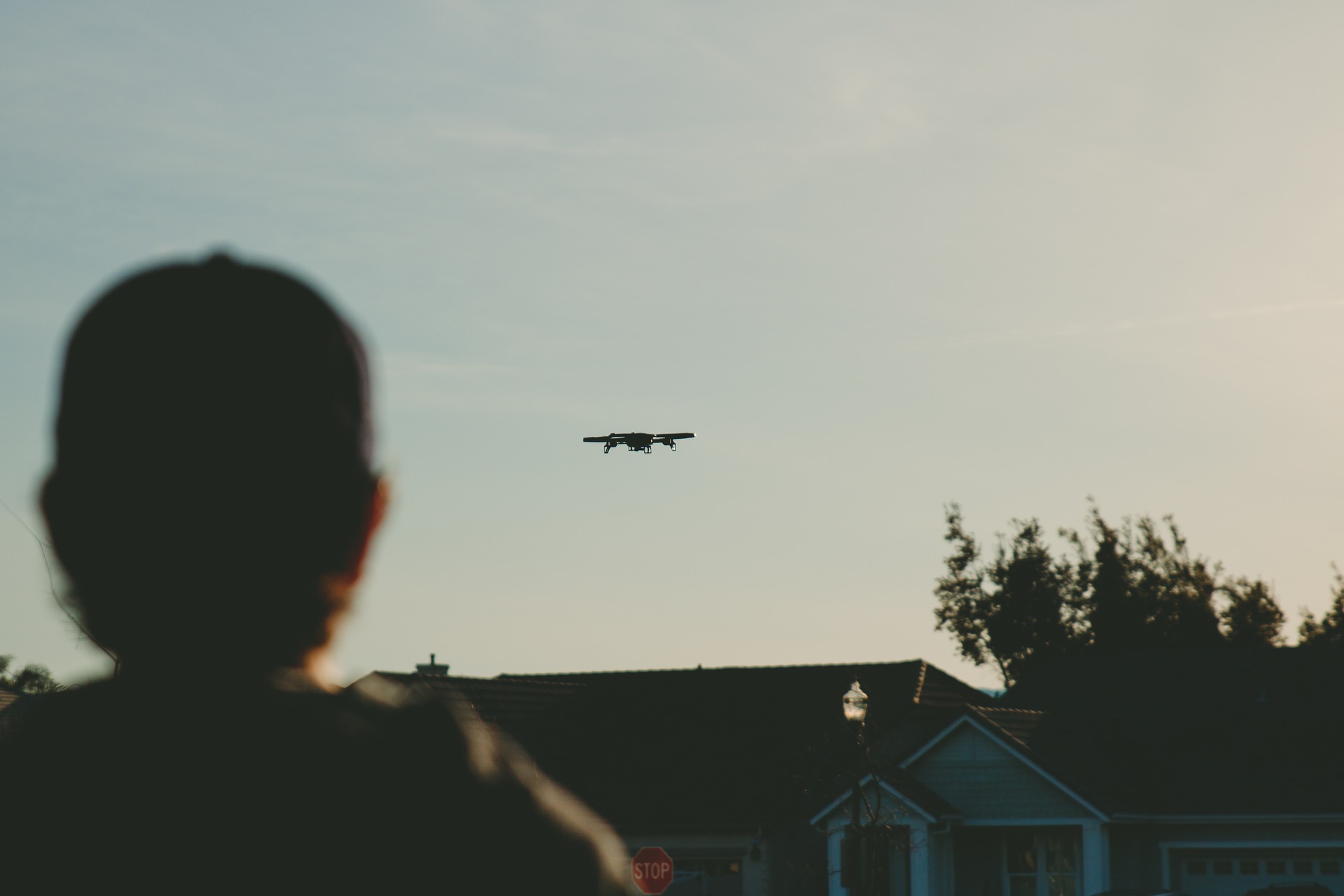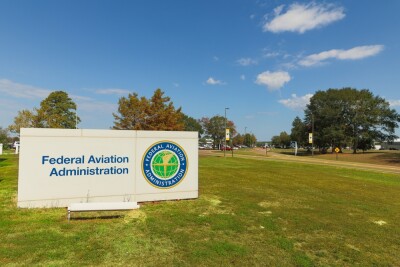On August 4th the Pentagon announced it has signed off on a new policy that will allow military bases to shoot down private or commercial drones that are deemed a threat. The new policy was announced by Pentagon spokesman Navy Capt. Jeff Davis.
Increased number of incidents of privately owned UAVs over, or dangerously close to, military installations has raised Defense Department concerns for the safety and security of its equipment and personnel, Capt. Davis said. The new policy specifies how DOD will interact with local communities about UAV restrictions on and near military installations, Davis said, adding that it follows classified guidance that was provided to the services and installations in early July. The policy would affect 133 military installations.“Protecting our force remains a top priority, and that’s why DOD issued the confidential policy developed in coordination with the Federal Aviation Administration and our interagency partners that details how DOD personnel may counter the unmanned aircraft threat,” he said.As we all know UAV activities within the United States airspace follows FAA regulations, but drone activity outside FAA rules and guidelines is considered “unauthorized activity.” Specific guidelines on the proper use of drones are listed on the FAA website and should be strictly followed, especially when near military installations.“We support civilian law enforcement investigations in the prosecution of unauthorized UAV operations over military installations,” Davis said, “and though we do not discuss specific force-protection measures, we of course retain the right of self-defense. And when it comes to UAS or drones operating over military installations, this new guidance does afford us the ability to take action to stop those threats.”According to Cap. Davis, the policy was transmitted to the services last month. Broadly, it outlines the rules of engagement for a base when a private or commercial drone is encroaching upon its airspace.On August 11, unclassified guidance was sent to each of the services on how to communicate the new policy to local communities.The installations “retain the right of self-defense when it comes to UAVs or drones operating over [them,]” added Cpt. Davis. “The new guidance does afford of the ability to take action to stop these threats and that includes disabling, destroying and tracking.”However, in some instances where the military leases land for operations, the use of a drone may not always be a threat — and who owns the airspace may not always be clear. The Air Force, for example, maintains its arsenal Minuteman III nuclear intercontinental ballistic missiles in 150 underground silos in vast fields around Minot Air Force Base, North Dakota. But the land is only leased from commercial and private farmers who use the rest of the area for crops or livestock. Those farmers sometimes find it easier to launch a drone to check on their cows or agriculture than to cover the miles by foot or truck.As of last fall, the sky above the silos at Minot AFB was also not previously restricted airspace. It was not immediately clear whether the new policy has changed access to the airspace above the silos or at other bases."The policy was coordinated with the Federal Aviation Administration and other federal agencies, and the specific actions a base takes when a drone encroaches upon it “will depend upon the specific circumstances,” Cpt. Davis added.It is highly advisable to consult your local VFR Sectional and Terminal Charts for military installations (MOAs) and any NOTAMS covering military activity during your planned flight.Subscribe
The information you submit will be stored and used to communicate with you about your interest in Commercial UAV News. To understand more about how we use and store information, please refer to our privacy policy.
August 21, 2017
After Close Call with F-22, Pentagon Receives OK to Shoot Down Private UAVs















Comments